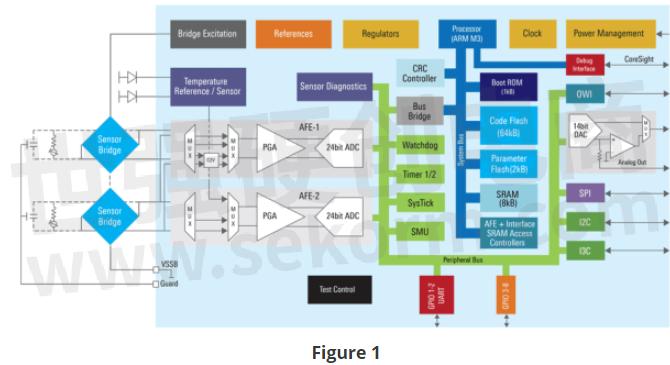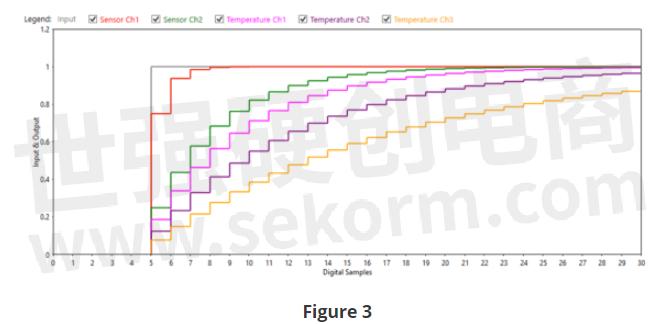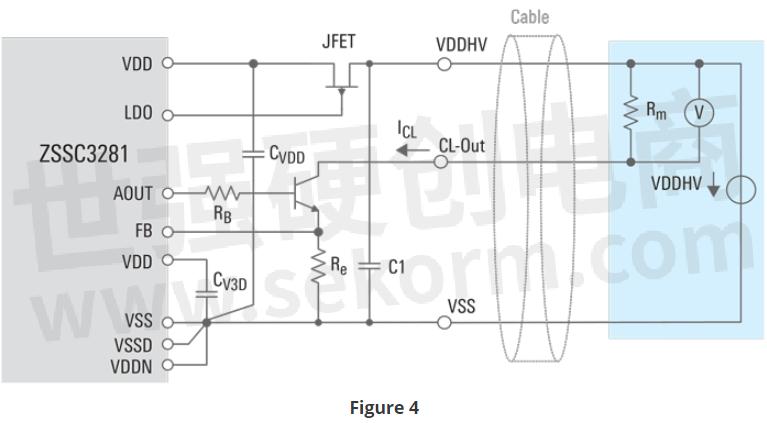Renesas‘s ZSSC3281 Sensor Signal Conditioning IC:A Quantum Leap in Sensor Signal Conditioning

The Industrial Internet of Things (IIoT) deployment demands smart sensors for temperature, pressure, flow, level sensing, and weight measurements.
Smart sensors collect information from a physical environment and rely on built-in microprocessors to help them perform various functions, like digital processing, code conversion of analog to digital, interfacing functions, and calculations.
Smart sensors enable the backbone of the new industrial automation revolution since they provide real-time data to the systems and the analytics that in turn enables informed decisions concerning maintenance (failure prediction), efficiency increase, and productivity.
Renesas has developed a fully innovative architecture for the next generation of sensor signal conditioners to support the design and performance features of these smart sensors and is now introducing the first member of the family, the Sensor Signal Conditioning IC ZSSC3281 to the market.
Let’s take a closer look at the architecture of the ZSSC3281 to understand why it makes a quantum leap beyond sensor signal conditioners on the market today.
The ZSSC3281 is built around a standard microprocessor core ARM-M3 running at 16Mhz (scalable to address low power consumption applications) supported by a memory flash bank (64kByte), see Figure 1:

The interface to the analog world is comprised of two fully independent analog front ends (AFE) including an input switch matrix, PGA with analog offset correction, and ADC conversion with up to 24 bits of resolution.
Each AFE is highly flexible, allowing the selection of up to 4 different temperature sources (including onboard PTAT) to be used for calibration of the two main sensor channels, and processing up to 3 independent temperature channels.
In addition, a third, user-configurable, logical channel can be enabled to perform processing (subtraction and ratio) of the two calibrated main sensor channels. Refer to Figure 2:

The two AFEs can be connected to a single input sensor (bridge) when the application requires a fast transient response and high-resolution measurements, thus implementing signal acquisition that is adaptive to the input signal behavior.
Leveraging the processing capability of the ARM-M3 core allows the two main sensor channels and the 3 temperature channels to be filtered independently as illustrated in Figure 3:

The two main sensor signals can be preprocessed before presentation at the output by utilizing the fully configurable clipping and scaling processing blocks.
Transmission of the output signals to the host system is also flexible just like the input front end of the ZSSC3281:
· The digitally processed signals can be routed to the host system through one of the 3 digital buses available: I2C/I3C, SPI, or OWI.
· The 2 sensor channels can also be associated with two dedicated pins providing Frequency Modulated or PWM output formats.
· The analog output can be mapped to one of the sensors signals (2 main sensor channels and 3 temperature channels). The Aout pin is configurable to provide a wide range of options, including ratiometric to absolute voltage (0 to 1 Volt or 0 to 5 Volts), and, with additional external circuitry, 0-10 Volts, and 2 or 3 wires current loops (Figure 4).

What are you waiting for? Start your era of smart sensors today with the Renesas ZSSC3281!
- 【Datasheet】ZSSC3281 Evaluation Kit Manual
- 【Datasheet】ZSSC3281 Advanced Dual Channel ARM based Resistive Sensor Signal Conditioner IC Datasheet
- +1 Like
- Add to Favorites
Recommend
- Renesas DSP Solution on Renesas Lab on the Cloud, Input Analog Signals Directly From A Signal Generator To The Rx231 Microcontroller Evaluation Board
- Renesas‘ Semiconductor Manufacturing Factory (Naka Factory) Fire: Production Capacity Has Recovered to 88%
- Renesas Delivers Industry’s Most Complete Intelligent Sensor Solutions for IoT Applications
- Renesas Announces 10 New Winning Combinations Integrating Celeno and Renesas Products
- Renesas & Altran to Deploy First Social Distancing Wristwatch Using Ultra-Wideband Chipset with Low Rate Pulse
- Renesas and FAW Establish Joint Laboratory to Accelerate Development of Next-Generation Smart Vehicles
- Renesas Semiconductor Manufacturing Factory (Naka Factory)‘ Production Level Has Returned to 100%
- IO-Link Helping Make Sense of the World——Renesas‘s IO-Link Slave Sensor Solution
This document is provided by Sekorm Platform for VIP exclusive service. The copyright is owned by Sekorm. Without authorization, any medias, websites or individual are not allowed to reprint. When authorizing the reprint, the link of www.sekorm.com must be indicated.





























































































































































































































































































































































































































































































































































































































































































































































































































































































